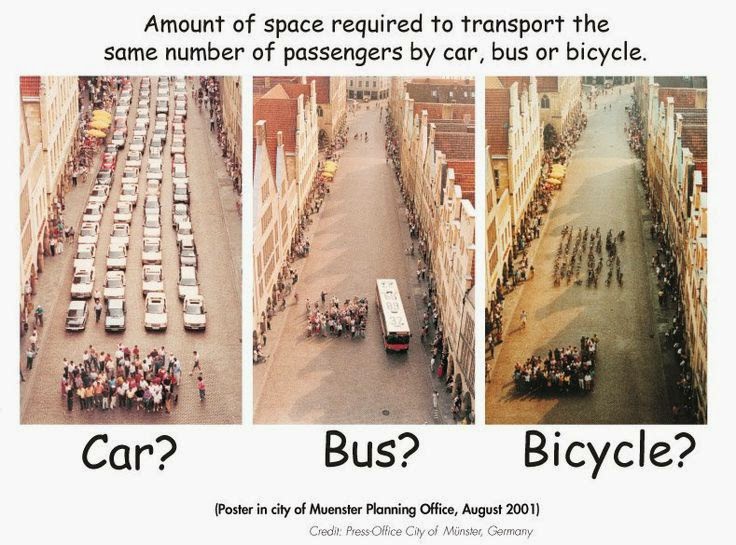I'll be the first to admit that my skills at scientific reasoning and statistical analysis aren't the best. Still, I had to wonder when I came across a study claiming that bicycle helmets attract cars.
All right, that last statement is an exaggeration. What the study really concluded is that drivers give less room to cyclists wearing helmets than to bare-pated ones, or those wearing other kinds of headgear.
That same study also implied that whatever protection a helmet affords is cancelled out by the narrower berths drivers give to helmeted cyclists and an alleged tendency of cyclists to take more risks when they have armor on their domes.
It leads me to wonder whether some study concluded that wearing seat belts encourages drivers to speed, take tight turns or even drive after drinking. After all, wouldn't a seat belt lull a driver into a false sense of safety?
Wouldn't it also cause trucks to pull closer, or for planes to fly lower over the driver who wears one?
The other day I got out for a bit of a ride. On my way home, I passed through the Brooklyn Heights and Cobble Hill neighborhoods of Brooklyn.
The Heights abuts the waterfront and the Hill is next door. Both neighborhoods have been the home of a number of writers, especially poets--including the ones everyone's heard of like Walt Whitman, Hart Crane and Marianne Moore and ones only readers of this blog have heard of, like yours truly.
Anyway, much of the Heights gentrified decades ago--in fact, one of the first landmarked districts in the United States lies within the neighborhood. Cobble Hill is also turning into an enclave of young professionals and families.
One result of those demographic changes--and shifts in the city's, nation's and world's economy--is that much of the city's maritime history is disappearing. I know about those developments firsthand: Two of my uncles were maritime workers and their union headquarters once occupied an entire square block, and a good part of another, in South Brooklyn. One of my early birthdays was celebrated in its reception hall; so were milestones in the lives of other family members of longshoremen and other workers. Now that square-block sized building is occupied by the largest Muslim elementary school in America and the maritime workers are relegated only to a couple of offices in the other building.
One of the last remaining vestiges of the work those men (almost all of them were male) did is seen on this building I passed on Atlantic Avenue, near Clinton Street:
The former headquarters and workshop of John Curtin's sail-making operation is now condominums, with a restaurant and Urban Outfitters store in its street-level studios.
Riding through the neighborhood made me think of this passage from Hart Crane's masterwork The Bridge:
Sleepless as the river under thee,
Vaulting the sea, the prairies’ dreaming sod,
Unto us lowliest sometime sweep, descend
And of the curveship lend a myth to God.
Say "Munster" to most Americans and they'll think of that tangy semi-soft cheese with an orange rind. They may have had it with their eggs this morning or on a turkey, chicken or ham sandwich for lunch.
That cheese is named for a city in the Alsace region of Eastern France, in a valley of the Vosges mountains. The city and mountains are quite lovely, especially in the autumn. And they can be a bit melancholy in their beauty,
in almost a New England-ish sort of way.
There's also another city with the same name (but an umlat over the "u") in the Westphalia region of Germany--actually, not very far from the Vosgean ville. It was in this German city that the Treaty of Westphalia, which ceded the Alsace and Lorraine regions--which, ironically, include the now-French Munster-- to France for the next two centuries, was signed.
(France lost those territories in the Franco-Prussian War of 1870-71 but regained them with the Versailles Treaty after World War !.)
Anyway, Munster, like many other cities in Europe, has been trying to get people to forsake their cars for bicycles. While many ride to work or for recreation, many (sometimes the same people) depend on their motor vehicles for shopping and transport.
One reason for the campaign is that Munster, like many older European cities, has narrow streets. So, city officials realize that they can't (or don't want to) squeeze any more automobiles into the ancient lanes.
So, to spread the message, the city planning office distributed this poster (which is translated):

